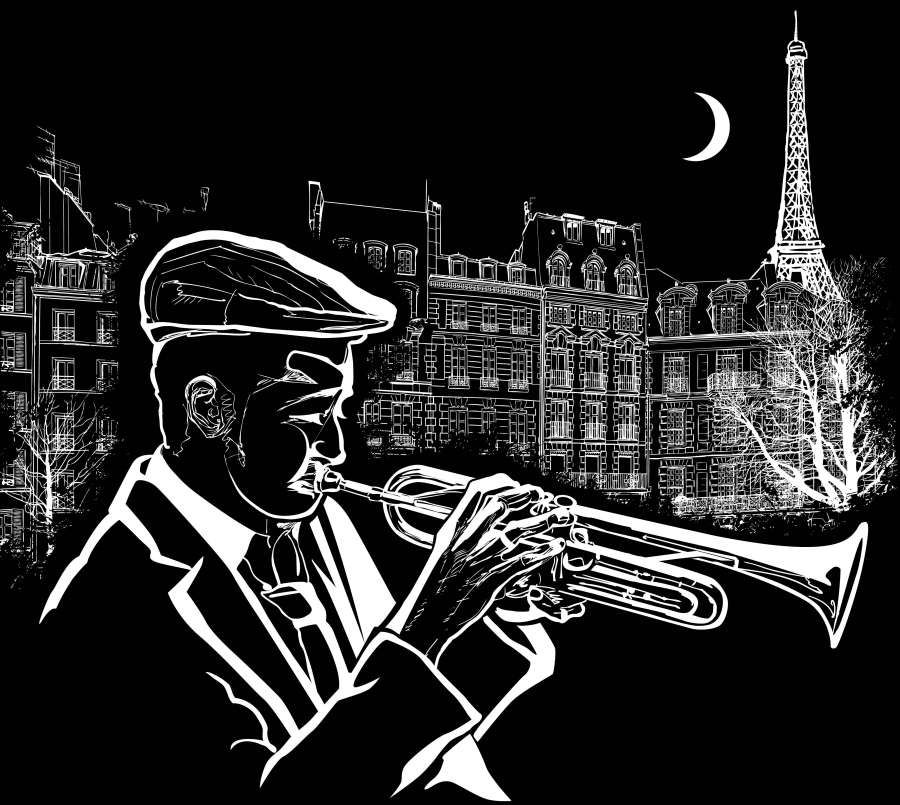Jazz can seem mysterious if you’re just starting out, but learning it online is more accessible than ever—at no cost. Free lessons now cover everything from jazz basics to guided practice. Whether you play piano, guitar, saxophone, or just want to understand improvisation, reliable sites and apps make those first steps clear. Here’s how to start your jazz journey today—no expensive lessons required.
Essential Free Resources to Start Learning Jazz Online
With the abundance of free jazz lessons now available, beginning your jazz journey is both accessible and rewarding. Leading platforms such as jazzvideolessons.net/free-lessons/ deliver structured, high-quality beginner jazz tutorials covering instruments like piano, guitar, saxophone, and voice. These sites organize their content into logical progressions—starting with jazz theory basics and advancing toward improvisation and ensemble playing.
Many learners benefit from online jazz community forums, where students and educators share tips and solve common technical hurdles. Apps dedicated to practicing jazz chords, scales, and ear training—like iReal Pro and Metronaut—often feature beginner-friendly play-along tracks, adjustable tempos, and instant feedback, helping you internalize jazz rhythm and harmony.
Curated YouTube channels by well-known jazz educators also break down essential jazz standards and improvisation licks. Combining video walkthroughs, printable sheet music, and simple jazz rhythm exercises, these resources provide a complete support system for learning jazz online from scratch.

Building a Strong Jazz Foundation for Beginners
Fundamental Jazz Theory Concepts and Beginner Exercises
Jazz theory basics form the backbone for any new player. Start with the major scale—many jazz form and structure basics evolve from these notes. Chords in jazz often use four or more notes; seventh chords are key. Practice beginner exercises such as chord progressions and scales daily for optimal results. Learning the jazz terminology glossary—like “swing,” “blue notes,” and “improvisation”—prevents confusion as you advance.
Understanding Jazz Form, Structure, and Essential Terminology
Jazz compositions often follow forms like AABA or blues, essential in classic and modern jazz music genre introduction. Reading charts involves recognizing symbols and notations unique to jazz. This skill is vital for group and solo settings. Grasping structural markers (repeats, codas) helps in interpreting pieces correctly.
Brief Overview of Jazz History to Give Context and Inspiration
The jazz history overview begins with its roots in blues and ragtime, evolving in New Orleans. Key eras include swing, bebop, and modal jazz. Each period introduced new phrasing and harmony, shaping how musicians read jazz charts and build improvisational vocabulary.
Practical First Steps: Lessons for Key Jazz Instruments
Starting points for piano, guitar, saxophone, bass, drums, and voice
Beginner musicians sometimes feel stuck when facing choices. For practical jazz guitar lessons free, start with simple chord progressions and focus on rhythm. Free jazz piano tutorials usually introduce comping skills and basic improvisation, ideal for building comfort with jazz harmony. New players in online jazz saxophone classes benefit from step-by-step tone exercises and scale studies. Both jazz walking bass line tutorials free and jazz drumming basics provide foundation grooves, walking patterns, and time-keeping essentials. Anyone considering vocal jazz lessons free should look for lessons covering scat basics, phrasing, and jazz repertoire.
Accessing free beginner tutorials, sheet music, and backing tracks
Sites such as jazzvideolessons.net/free-lessons/ collect resources for all instruments, including sheet music and practice tracks. These support practical jazz guitar lessons free and free jazz piano tutorials by giving play-along opportunities in real time. Many online jazz saxophone classes also share downloadable exercises and sample solos.
Guidance for choosing your first jazz instrument and beginning practice routines
Choose an instrument that inspires you. Set clear goals with short, daily practice routines available through free jazz piano tutorials, practical jazz guitar lessons free, and structured online guides.
Developing Core Jazz Skills and Practice Routines
Step-by-step introduction to beginner jazz improvisation
Precision: Start by focusing on jazz improvisation tips for beginners and fundamental improvisation theory for jazz beginners. Use a simple jazz standard as a backing track and practice creating basic melodies with just two or three notes. This helps develop confidence and internalize jazz chord changes. Gradually introduce more chromatic notes and try beginner improvisation licks as your understanding of jazz scales improves.
Essential jazz practice routines for consistent progress
Consistency matters. Effective jazz practice routines include daily sessions centered on practicing jazz chords and essential jazz standards to learn. Break down practice time: spend 10 minutes on jazz ear training exercises, 15 minutes learning and reviewing beginner jazz harmony exercises, and another 10 minutes applying those skills in improvisation drills. Track progress by making short recordings of your playing weekly.
Ear training, active listening habits, and improvisation drills for new jazz learners
Active listening is vital. Follow a jazz listening guide for beginners to identify key features, like rhythmic feel and articulation, in classic recordings. Engage in jazz ear training exercises by singing intervals or transcribing simple jazz solo ideas for beginners by ear. Rotate between listening, ear training, and improvisation to strengthen your overall musicianship.
